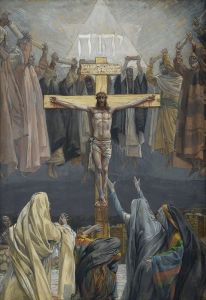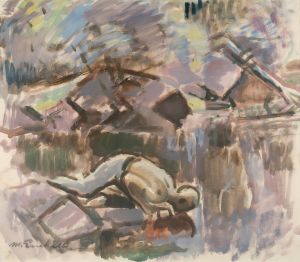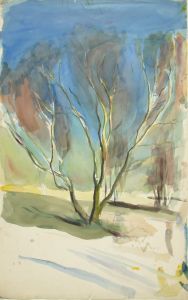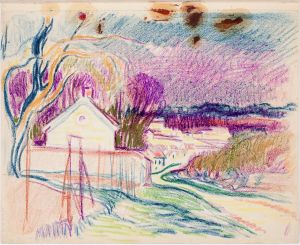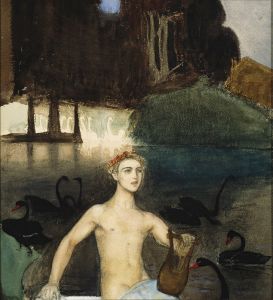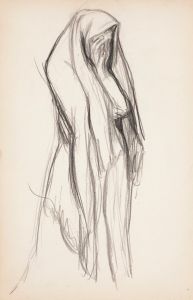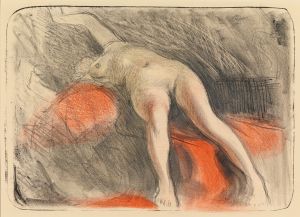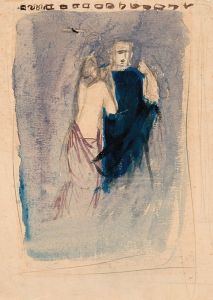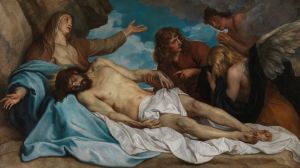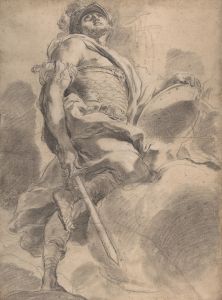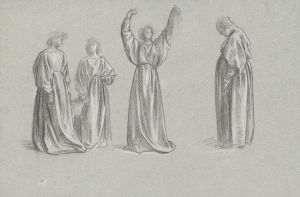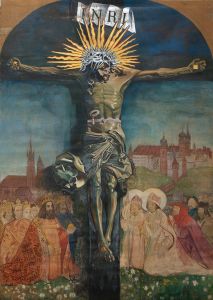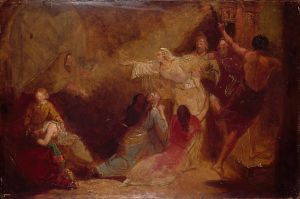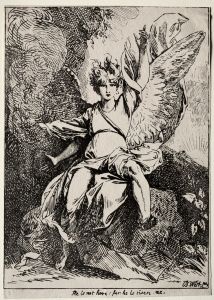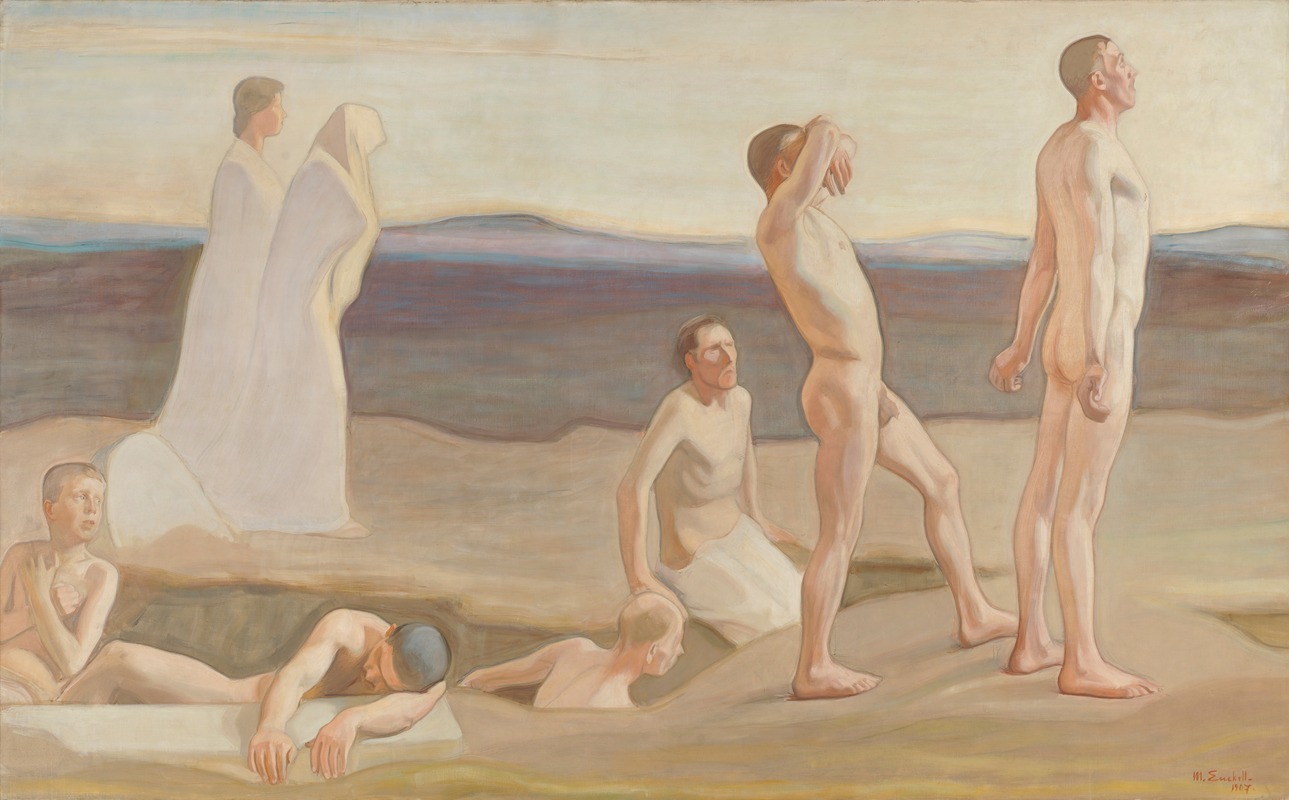
Resurrection
A hand-painted replica of Magnus Enckell’s masterpiece Resurrection, meticulously crafted by professional artists to capture the true essence of the original. Each piece is created with museum-quality canvas and rare mineral pigments, carefully painted by experienced artists with delicate brushstrokes and rich, layered colors to perfectly recreate the texture of the original artwork. Unlike machine-printed reproductions, this hand-painted version brings the painting to life, infused with the artist’s emotions and skill in every stroke. Whether for personal collection or home decoration, it instantly elevates the artistic atmosphere of any space.
Magnus Enckell's Resurrection is a notable painting by the Finnish symbolist artist, created in 1894. Enckell, a central figure in Finnish art during the late 19th and early 20th centuries, was known for his exploration of symbolism and his focus on themes of spirituality, human emotion, and the inner life. Resurrection is one of his early works that exemplifies his interest in these themes and his evolving artistic style.
The painting depicts a group of figures in a moment of spiritual awakening or rebirth, consistent with the title's reference to resurrection. The composition is characterized by its subdued color palette and a sense of quiet introspection, which are hallmarks of Enckell's early symbolist period. The figures are rendered with a sense of simplicity and restraint, emphasizing their emotional and spiritual states rather than physical details. This approach reflects the influence of the broader Symbolist movement, which sought to convey deeper meanings and universal truths through art, often using allegory and metaphor.
Resurrection is significant within Enckell's body of work as it marks a period when he was deeply influenced by Symbolism and the ideas of artists and writers associated with the movement. The painting also reflects his interest in exploring themes of life, death, and renewal, which were central to his artistic philosophy. Enckell's work during this time often sought to transcend the material world, focusing instead on the spiritual and the eternal.
The painting was created during a time of cultural and artistic transformation in Finland, as the country was seeking to assert its national identity while also engaging with broader European artistic trends. Enckell, as a prominent figure in the Finnish art scene, played a key role in this cultural dialogue. His work, including Resurrection, contributed to the development of modern art in Finland and helped to establish Symbolism as an important movement within the Finnish art tradition.
Today, Resurrection is recognized as an important example of Enckell's early work and his contribution to Symbolist art. It is housed in the Ateneum Art Museum in Helsinki, Finland, which holds a significant collection of Finnish art. The painting continues to be studied and appreciated for its exploration of spiritual themes and its place within the broader context of European Symbolism.





